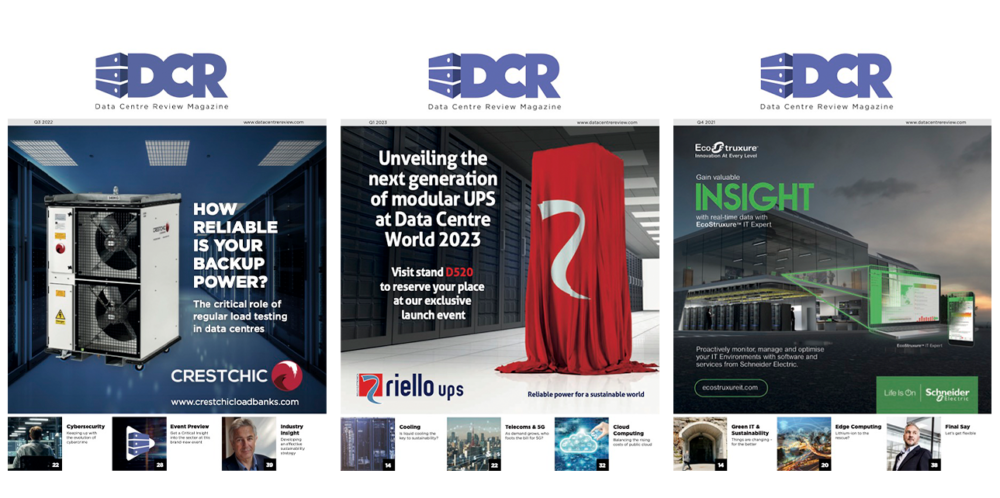Hidden egress fees and opaque charging structures are stifling competition and innovation, according to Kevin Dunn, VP & GM EMEA at Wasabi.
Cloud computing has revolutionised the business ecosystem in the UK, delivering scalable solutions that have enabled companies to innovate and grow without the burden of heavy IT infrastructure costs.
A healthy and competitive cloud vendor market would appear to be a must-have for the UK economy. However, in recent times that has not necessarily been the case with the cloud storage market increasingly dominated by a few major players, namely Microsoft Azure, Amazon Web Services (AWS), and Google Cloud.
The imbalances inherent in the current system were recently brought to the attention of the UK’s Competition and Markets Authority (CMA), which ruled that these dominant providers, the hyperscalers, were using anti-competitive practices to prevent their customers from switching providers.
The key tactic that the CMA pinpointed as being unfair is the use of egress fees, which are charges imposed when businesses move their data out of a cloud provider’s network. These are particularly problematic as they inhibit customers from accessing and moving their own data.
Research shows that in Europe 47% of cloud storage costs stem from data retrieval, and not just egress fees but also charges on API calls and data outflows. This often makes data retrieval more expensive than storing data in the first place.
Not surprisingly the CMA’s findings sparked an incendiary debate within the cloud storage industry. Microsoft and AWS have both refuted the allegations, claiming that the current dynamics in the cloud marketplace encourage competition and provide high quality services for UK businesses. In contrast companies like Civo and Google Cloud, along with the support of industry bodies like the Open Cloud Coalition, argue that egress fees are stifling innovation and are preventing a competitive cloud landscape from emerging.
The CMA ruling is the first shot in a debate that may take years to be settled. Two things, however, are very clear. Firstly, the current cloud market structure benefits the hyperscalers at the expense of the challenger companies and is a bar to equal competition and consumer freedom. And secondly that a change to the way that cloud companies charge their customers is long overdue.
Why transparent charging structures are key
The major concern for many businesses using cloud services is the lack of cost transparency from the hyperscalers. Many cloud providers lure customers in with attractive initial pricing but later impose additional hidden charges, including egress. As a result, businesses often find themselves paying far more for cloud computing services than they had originally anticipated.
Unpredictable costs can be especially challenging for startups and small businesses, as they may not have the financial flexibility to absorb unexpected fees. The surprise costs can make business planning complex for larger enterprises who can find themselves locked into costly long-term contracts.
Another anti-competitive practice is the bundling of commodity services, like storage and compute, with proprietary services offered by the vendors, such as voice recognition, analytics, and blockchain. It is common for vendors to insist on storage when offering these ancillary services. The hyperscalers are creating walled gardens and this kind of pricing and bundling makes it difficult for customers to assemble a solution from multiple vendors, choosing best-of-breed services from each vendor.
Data is often pivotal to ensuring profitability and businesses need to be able to access and manage their data at any time without being financially penalised. They should be able to have full control of that data regardless of which corporation owns their cloud infrastructure.
The case for an open and fair market
Transparent and predictable pricing is a fundamental aspect of the way businesses operate in the UK. So why isn’t the same true in the cloud services marketplace? Businesses need full visibility of what they are going to be expected to pay from before they sign a contract. They need to understand the total cost in order to make informed decisions about where to store their data and how to scale their infrastructure.
As regulatory scrutiny increases, the pressure on dominant cloud providers to reform their pricing structures and enable fairer competition is likely to grow. The question remains whether they will voluntarily make these changes or be forced to do so through regulation.
Egress fees, opaque pricing, and vendor lock-in strategies are at odds with the business climate in 21st Century Britain. Crucially they prevent businesses from making cloud choices that best serve their needs.
In the last decade successive British governments have consistently strived towards developing the nation’s tech sector, creating the type of companies that will play a crucial global role in the economy of the future. It is imperative that the UK has a cloud market that is competitive and transparent as this will help deliver greater innovation and efficiency.


